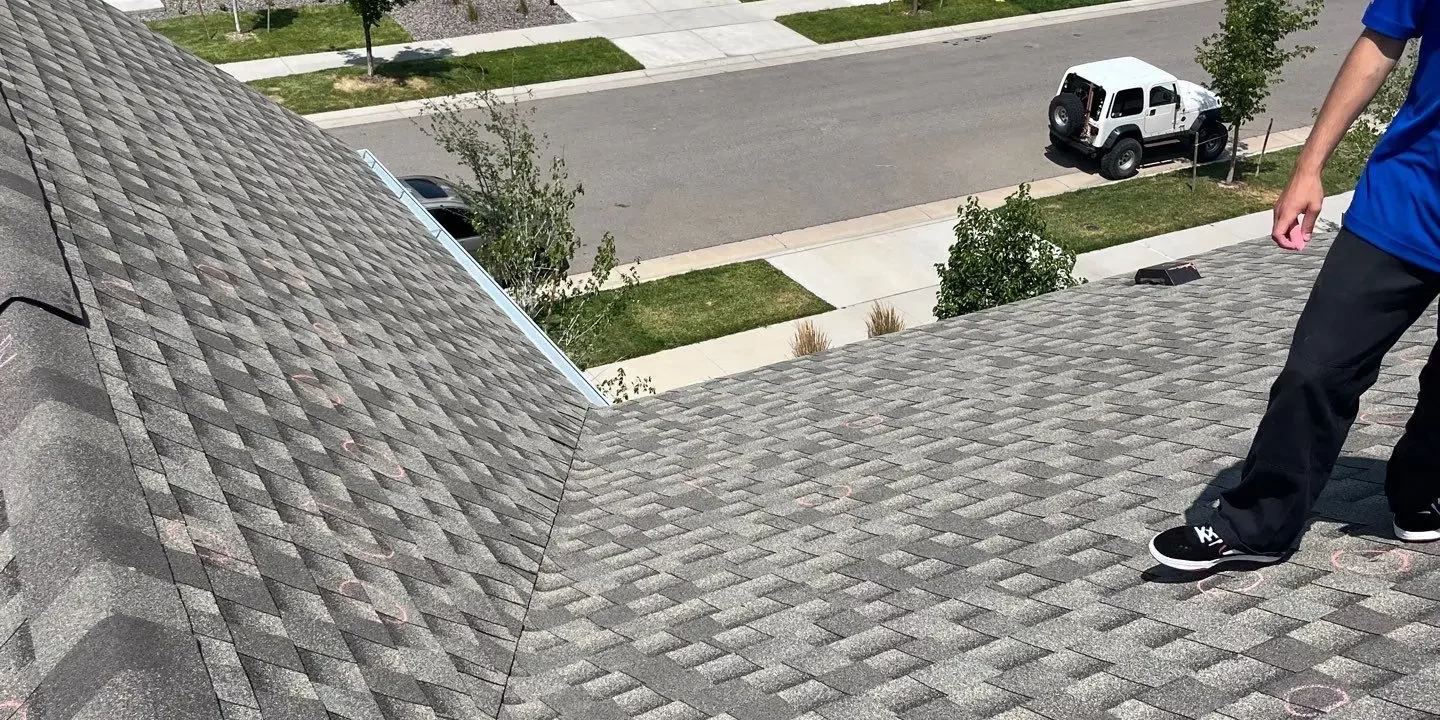The Emergence of Composite Shingles in Modern Roof Design
Composite shingles have revolutionized the roofing industry with their blend of durability, aesthetic appeal, and environmental sustainability. As homeowners and builders alike seek out roofing solutions that offer both longevity and style, composite shingles have become a top choice. This article delves into the various aspects of composite shingles, highlighting their benefits, installation processes, and how they compare to traditional roofing materials.
Understanding Composite Shingles
Composite shingles, also referred to as synthetic or engineered shingles, are made from a blend of materials including asphalt, fiberglass, recycled paper products, and other sustainable resources. These shingles are engineered to replicate the look of traditional roofing materials such as wood, slate, and asphalt, while offering superior performance and durability.
Advantages of Composite Shingles
Durability and Longevity
One of the primary benefits of composite shingles is their remarkable durability. Unlike traditional asphalt shingles, which may require replacement every 15-20 years, composite shingles can last up to 50 years or more. They are resistant to extreme weather conditions, including heavy rain, snow, hail, and high winds. This makes them an ideal choice for homeowners seeking a long-term roofing solution.
Aesthetic Versatility
Composite shingles are available in a diverse array of colors, styles, and textures, enabling homeowners to attain the desired aesthetic for their homes. Whether seeking the rustic appeal of wood shakes or the sophisticated look of slate tiles, composite shingles can deliver an authentic appearance without the maintenance challenges associated with natural materials.
Environmental Sustainability
Sustainability is a significant factor in modern construction, and composite shingles excel in this area. Many composite shingles are made from recycled materials, reducing the environmental impact. Additionally, their long lifespan means fewer replacements and less waste in landfills, contributing to a more sustainable roofing solution.
Installation and Maintenance
Ease of Installation
Composite shingles are designed for ease of installation, making them a popular choice among roofing contractors. They are lightweight compared to natural slate or tile, reducing the structural load on buildings. This can lead to lower installation costs and shorter project timelines. Moreover, composite shingles are often equipped with advanced fastening systems that ensure a secure and precise fit.
Low Maintenance Requirements
Once installed, composite shingles require minimal maintenance. They are resistant to mold, mildew, and insect infestations, which are common issues with natural wood shingles. Routine inspections and occasional cleaning are typically sufficient to keep composite shingle roofs in optimal condition. This low maintenance requirement makes them a cost-effective option over the long term.
Comparing Composite Shingles to Traditional Roofing Materials
Asphalt Shingles
While asphalt shingles are a common roofing choice due to their affordability, they lack the longevity and durability of composite shingles. Asphalt shingles are prone to damage from extreme weather and typically need replacement after 15-20 years. Composite shingles, on the other hand, offer superior resistance to weather conditions and a much longer lifespan, making them a better investment for homeowners.
Wood Shakes
Wood shakes provide a natural and rustic aesthetic but come with significant maintenance challenges. They are susceptible to mold, mildew, and insect damage, requiring regular treatments and inspections. Composite shingles can replicate the appearance of wood shakes without these maintenance issues, offering a more durable and low-maintenance alternative.
Slate Tiles
Slate tiles are known for their elegance and durability but are also heavy and expensive. The installation of slate tiles often requires reinforced structural support, increasing the overall cost of the roofing project. Composite shingles can mimic the look of slate tiles while being lighter and more affordable, making them an attractive option for homeowners who desire the appearance of slate without the associated costs.
Conclusion
The rise of composite shingles in roof design is a testament to their superior performance, aesthetic versatility, and environmental benefits. Homeowners and builders alike are increasingly turning to composite shingles as a reliable, sustainable, and visually appealing roofing solution. For those in Littleton, CO, GCCS Roofing, Inc. offers expert installation and maintenance services, ensuring that composite shingle roofs are installed with precision and care.







